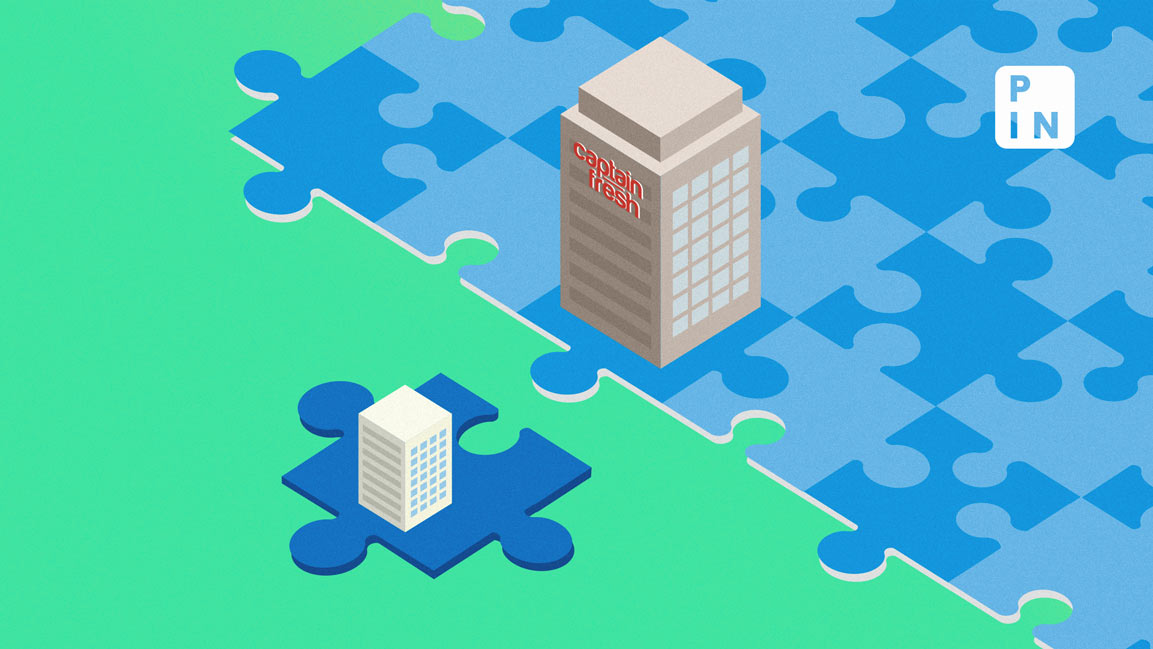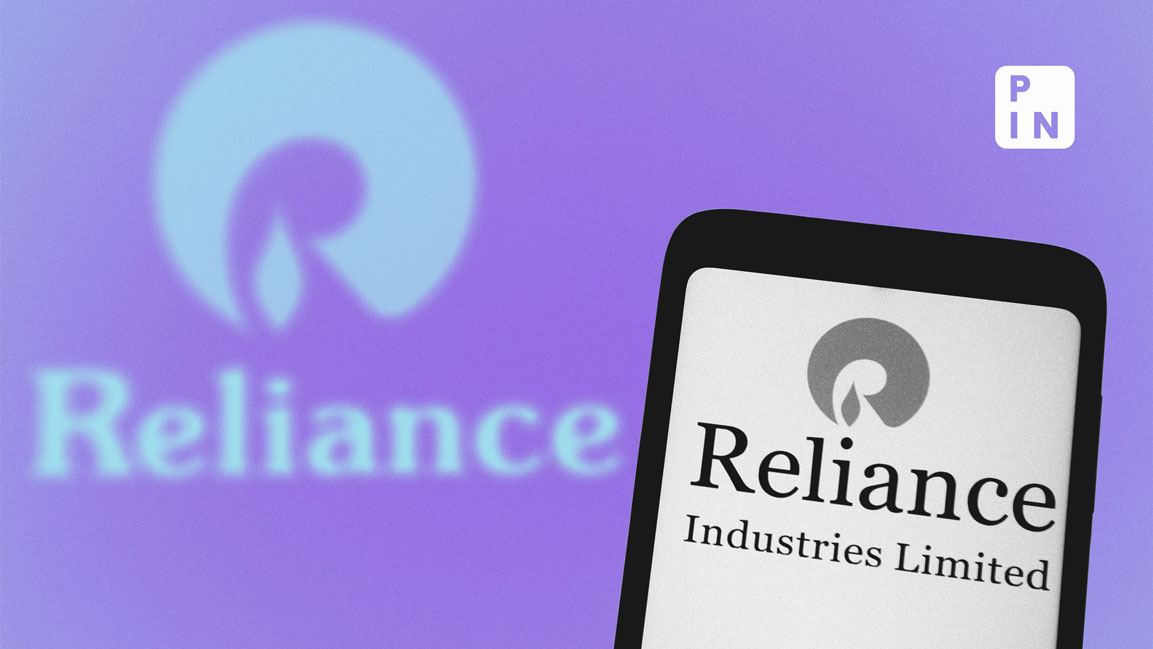- | 4:32 pm
Average CEO pay jumps 40% to $1.7 million in four years
While CEO compensation has increased, more than 50% of pay is contingent on meeting goals

The annual average pay package of top executives at India’s companies jumped 40% from pre-covid levels to about ₹14 crore (about $1.7 million), a survey showed.
One out of two chief executive officers (CEOs) has a target compensation of more than ₹10 crore in 2024 against one out of three CEOs in 2020, the ‘Deloitte India Executive Performance and Rewards Survey 2024’ showed.
Target compensation is the total expected earnings based on specific performance goals being met and includes a combination of base salary, bonuses, equity awards and other incentives.
The CEOs who were also promoters or members of the promoter family are paid ₹16.7 crore on average, the study said, adding that the compensation gap between promoter and professional CEOs has widened, with professional CEOs now earning 30% more in comparison to their promoter counterparts than they did four years ago.
An analysis of management changes at BSE200 companies, excluding public sector firms, showed that 45% of companies saw a change in CEO over the past five years, with six out of every 10 new CEOs being internally appointed, and the rest external.
Anandorup Ghose, a partner at Deloitte India, said, “Promoter CEO compensation outpacing professional CEO compensation is primarily driven by two factors. Professional CEOs change more often than promoter CEOs due to the longer tenure of promoter CEOs at an aggregate. But it is also important to note that the range of promoter CEO compensation is very wide, and that affects the higher averages.”
While CEO compensation has increased, more than 50% of target compensation is pay-at-risk. For professional CEOs, pay-at-risk at 57% is much higher than for promoter CEOs at 47%. Pay-at-risk refers to the portion of a CEO’s compensation that is contingent on meeting specific performance targets or objectives.
Professional CEOs have 25% of their target compensation delivered through long-term incentives, which for most companies, is paid through share-linked incentives.
Chief operating officers and chief financial officers continue to command the highest compensation premiums in India among the other top executives (CXOs).
For these two roles, 44% of target compensation is at-risk, with almost half of it being driven through long-term incentives.
While assessing CEO and CXO performance, most companies use a scorecard that includes a mix of financial and non-financial metrics and targets.
However, incentives for CEOs and CXOs are still tilted towards financial company-level goals within those scorecards.
Companies are also transitioning towards a more structured approach to bonus payouts, and the role of discretion in compensation decision-making is on the decline, the study found.
The Deloitte report noted two broad trends on long-term incentives:
The share of companies using share-based incentives continues to increase (75% in 2024 against 63% in 2020), while the prevalence of stock options, or ESOPs, continues to decrease (49% of companies in 2024 against 68% of companies in 2020).
“Large Indian companies with more mature and globally aligned compensation practices are pivoting towards performance shares and use of multiple incentive plans for different employee cohorts. Conversations in the boardroom have also shifted from the need for share-based payment to the return from these incentive structures to stakeholders,” Ghose added.













